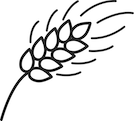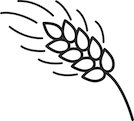Treatment Models and Settings for People with Co-Occurring Disorders- Substance Use Disorder Treatment for People with Co-Occurring Disorders (3 credit hours)
Program Summary: This course explores the co-occurrence of substance use disorders and mental disorders. It examines treatment models and settings, including intensive case management, assertive community treatment, therapeutic communities, and more. Common medications that clients with CODs may be taking are discussed. The reading includes Chapter 7 of SAMHSA’s TIP 42 Substance Use Disorder Treatment for People with Co-Occurring Disorders.
This course is recommended for social workers, counselors, and therapists and it is appropriate for beginning and intermediate levels of practice.
Readings: Chapter 7-Tip 42 Substance Use Disorder Treatment for People with Co-Occurring Disorders
Publisher: SAMHSA
Course Objectives: To enhance professional practice, values, skills, and knowledge by examining treatment models and settings for people with co-occurring disorders.
Learning Objectives: Compare the ACT, ICM, and mutual support treatment models. Describe the modified therapeutic community approach for clients with CODs. Identify when to refer a client for medication management. Identify common medications for depression, anxiety, AUD, and OUD.
Review our pre-reading study guide.
G.M. Rydberg-Cox, MSW, LSCSW is the Continuing Education Director at Free State Social Work and responsible for the development of this course. She received her Masters of Social Work in 1996 from the Jane Addams School of Social Work at the University of Illinois-Chicago and she has over 20 years of experience. She has lived and worked as a social worker in Chicago, Boston, and Kansas City. She has practiced for many years in the area of hospital/medical social work. The reading materials for this course were developed by another organization.





